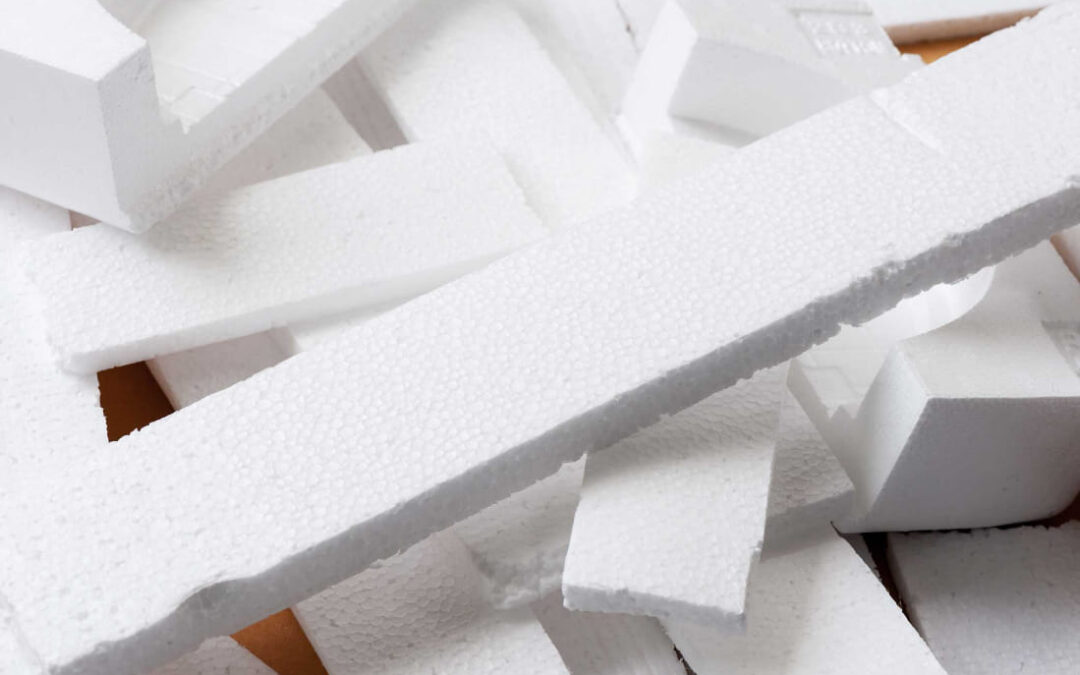In the current global landscape, an emphasis on sustainability and environmental conservation dictates the direction of various industries. Polystyrene, commonly known for packaging peanuts, moulded forms that protect electronics, and food service items, has been a prominent player. However, the capacity of polystyrene packaging recycling plays a pivotal part in promoting a circular economy and reducing ecological impacts.
Understanding Polystyrene
Polystyrene, a type of plastic made from styrene monomers, is lightweight, has excellent insulation properties, and is relatively low-cost, making it widely popular across numerous industries. Despite its utility, polystyrene has traditionally been a significant source of environmental pollution due to its non-biodegradability and the challenges associated with its recycling.
The Impact of Recycling
Recycling can profoundly affect the environment and resource conservation. By diverting polystyrene from landfills, where it might otherwise take hundreds of years to break down, we mitigate the problem of soil and water contamination. Furthermore, the recycling process itself saves on crude oil, a non-renewable resource, as less is required to make new products.
Conservation of Resources
Polystyrene foam packaging presents a substantial benefit in the form of energy and material conservation. Producing polystyrene items from recycled materials consumes less energy compared to manufacturing from virgin materials. This not only has the potential to reduce greenhouse gas emissions but also conserves the raw materials that are otherwise depleted due to the high demand for new plastic products.
Reduction in Pollution
The recycling process helps minimize the volume of waste generated, curbing oceanic and terrestrial pollution. Marine life is particularly threatened by plastic waste, with numerous species ingesting or becoming entangled in debris. By ensuring that polystyrene products are recycled, we help reduce one avenue through which plastics enter the ocean.
Economic Benefits
Recycled materials create a supply chain that supports recycling facilities, provides employment, and potentially lowers the costs for manufacturers utilizing recycled content. This support of a recycling industry contributes to a sustainable economy that prioritizes the efficient use of resources.
Advanced Recycling Techniques
Innovative recycling technologies have emerged to improve the viability of polystyrene recycling. These techniques include chemical recycling, where polystyrene is broken down to its original monomer form and used to produce new polystyrene products, effectively creating a closed-loop system.
Conclusion
The role of polystyrene packaging recycling cannot be overstated. It plays an integral part in environmental conservation, preserving precious resources, and even fostering economic opportunities. While significant challenges persist, strategic investments in technology and infrastructure combined with public awareness and participation can amplify the positive impacts of polystyrene recycling.
